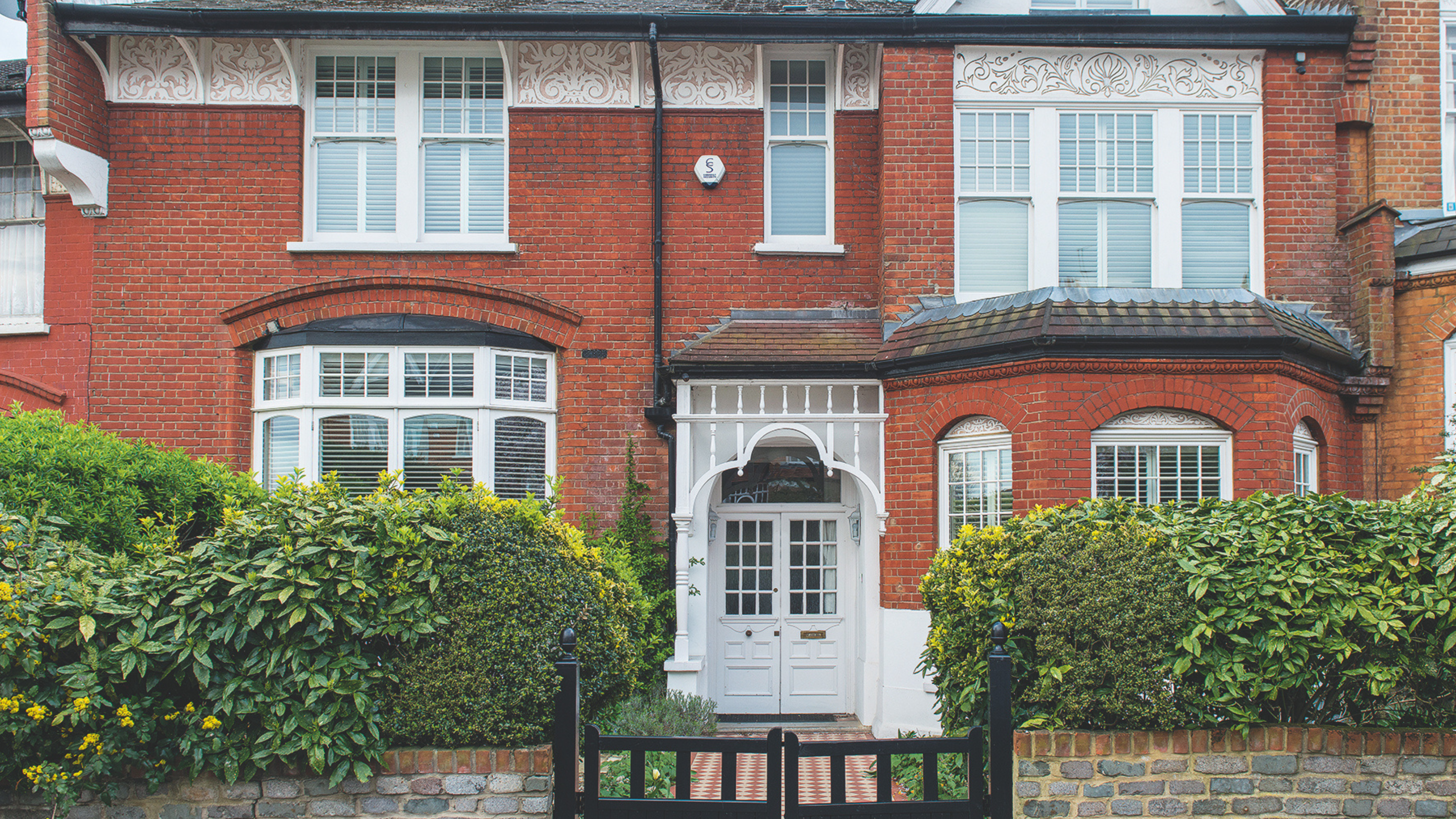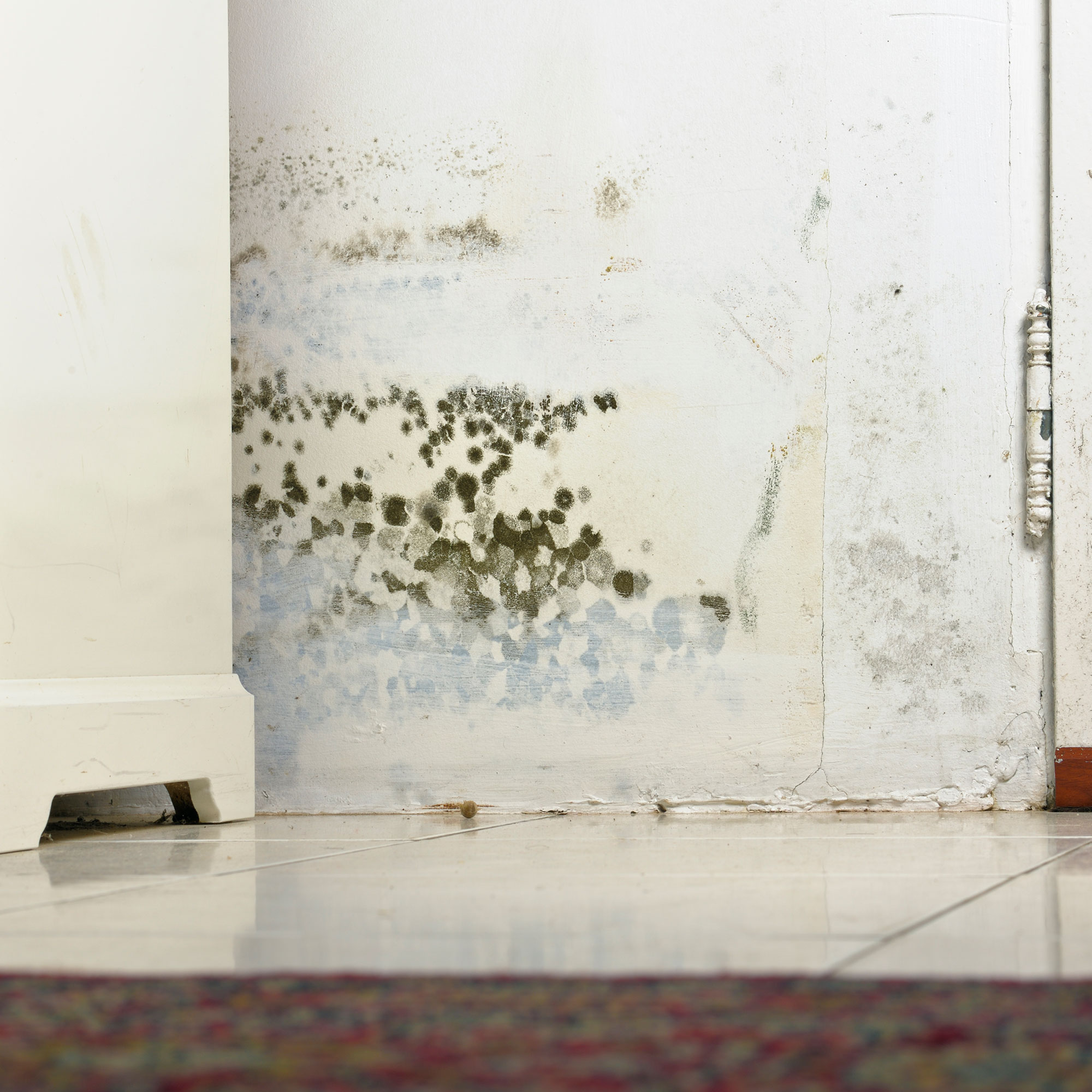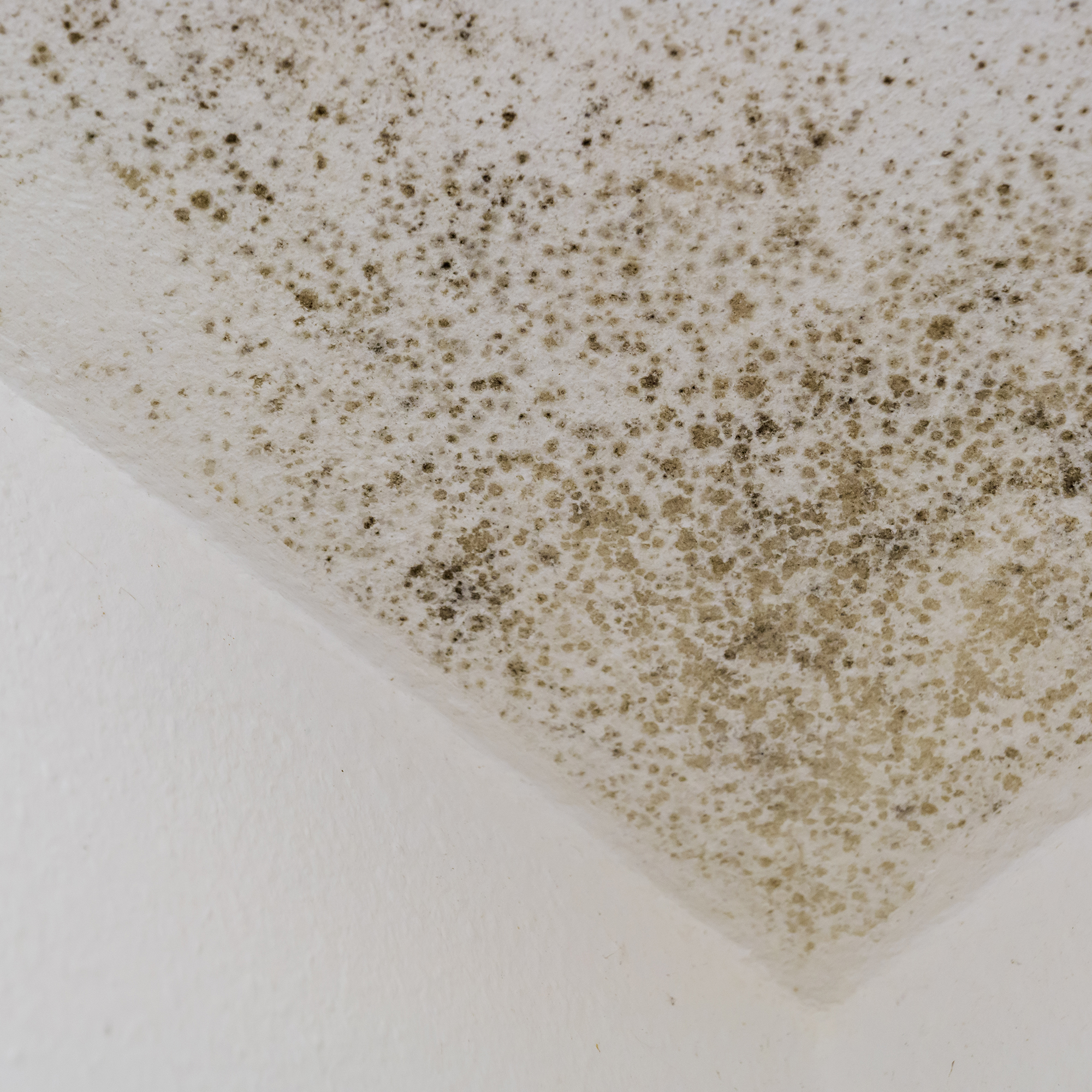Awaab’s Law will force landlords to respond to damp and mould complaints within 24 hours – your rights as a renter and landlord explained
The law was introduced after a toddler tragically passed away as a result of mould exposure


This month, social landlords will have to respond faster to tenants’ concerns of serious damp and mould, under new government legislation. Awaab’s Law is coming into effect this month and is expected to extend to all landlords as the law and other housing reforms are phased in in the coming weeks and months.
Getting rid of damp and mould can be both a recurrent and difficult problem to tackle, only made worse for tenants when landlords neglect to address or fix the problem (university landlord, I’m looking at you.)
When left untreated, damp and mould can have a serious impact on one’s health. In December 2020, two-year-old Awaab Ishak tragically died following prolonged exposure to damp and mould. Now Awaab’s Law is being introduced as part of measures to improve the safety and quality of social housing. This is everything you need to know.
What is Awaab's Law?
Awaab Ishak died from a respiratory condition caused by prolonged exposure to mould in his Rochdale home. His parents had repeatedly reported the problem to their housing association, but their landlord failed to act.

‘The death of Awaab highlighted serious shortcomings in how some housing providers responded (or failed to respond) to reports of damp, mould and other hazards. It revealed systemic issues in social housing: delays in repair, poor record-keeping, inadequate ventilation/heating, and weak accountability,’ says Mark Dawson, who is a property expert and CEO of AST Assistance.
As a result, from 27 October this year, social landlords will be required to comply with stricter standards. Eventually, this will apply to all landlords.
‘Under Awaab’s Law, landlords must investigate emergency hazards within 24 hours of being notified. This includes issues such as damp, mould, gas leaks and structural issues. They will then have seven days to resolve the emergency hazards, unless exceptional circumstances apply,’ says Lara O’Donnell is a housing disrepair expert and Director of Litigation at CEL Solicitors.
Sign up to our newsletter for style inspiration, real homes, project and garden advice and shopping know-how
‘Strict timeframes for repairing significant issues such as fire risks, electrical faults, extreme cold or heat and hygiene problems will be introduced from 2026 onward. Landlords will need to keep detailed records of inspections, tenant communications and repair actions to show compliance.’
What rights do renters have?
Most people reading this will have some experience with damp, mould and condensation. After all, UK winters are famously cold and wet. In particular, older homes can have huge problems with damp. These new housing rules could give renters peace of mind that landlords will respond to their complaints promptly.

‘Through Awaab’s Law, tenants gain legal protection against prolonged exposure to health hazards in their home. They will have protection from retaliation, such as unfair eviction when reporting hazards,’ says Lara.
‘Their complaints will be met with clear timeframes for when their landlord must act and repair issues. They will still have the right to escalate complaints to the Housing Ombudsman Service if repairs are delayed or mishandled.
‘The law gives tenants the right to insist on safe living conditions and provides a way to hold landlords responsible if they don’t comply.’
What can you do if your home has damp and mould?
If you’re worried about damp and mould in your rented property, and feel like your landlord is not taking action, Lara has some advice.

‘Keep a paper trail of reports to your landlord safe. Log dates and times and record the disrepair with photos and videos, if possible,’ she says.
‘If the problem is impacting your health, keep a note of your symptoms and if you visit a doctor or hospital, maintain important records.
‘Send your landlord a request for a timeline for repairs based on Awaab’s Law deadlines. You can escalate your complaints to the Housing Ombudsman if your landlord fails to act.
‘Legal advice is available to support your complaints to your landlord and the Housing Ombudsman. This can put pressure on landlords to act quicker, and ensure you get the compensation and support you deserve.’
What do landlords need to know?
While the law applies to social landlords right now, it will extend to all landlords, so if you rent property, it’s important to get clued up on the new rules now.

‘Landlords may face financial penalties for failures to act. For example, sources for the private rented sector suggest fines of up to £7,000 for initial breaches and up to £40,000 in more serious cases,’ explains Mark.
‘Tenants can bring claims for disrepair or breach of duty. Awaab’s Law strengthens the tenant’s ability to challenge landlords who don’t respond to hazards in a timely manner (including via court applications for temporary accommodation).
‘If a landlord fails to deal with hazards, they may be prevented from serving valid eviction notices (such as a valid Section 21 Notice) or face challenges in possession proceedings.
‘Even where not formally penalised yet, landlords risk being added to “rogue landlord” registers, being subject to greater scrutiny, inspections, and having higher compliance costs.’
It’s essential to maintain your home’s health before mould and damp become a significant issue. Investing in one of the best dehumidifiers, keeping your home at a constant, warm temperature or knowing how to stop condensation are all helpful.
Here are three dehumidifiers that we recommend.

The best dehumidifier we've tested at Ideal Home, the MeacoDry Arete Two, is quiet, easy to use, works superbly and is very energy-efficient compared.

The Dryzone dehumidifier and air purifier is a compact two-in-one unit that tackles excess moisture while filtering out dust, allergens and pet dander.

Small, affordable, super quiet, and with low running costs of just 1p per hour, this is a budget-friendly option for minor moisture problems.
Awaab’s Law is a significant step towards housing reform, giving more rights to renters. Because no one should have to live in a damp, mouldy property.

Kezia Reynolds joined the Ideal Home team as News Writer in September 2024. After graduating from City, University of London in 2022 with a bachelor’s degree in journalism, Kezia kicked off her career spending two years working on women’s weekly magazines. She is always on the lookout for the latest home news, finding you the best deals and trends - so you don’t miss a thing!